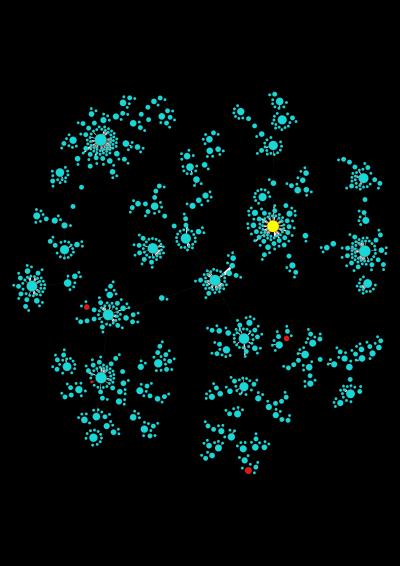It may seem like social media is a great way to engage people, but outside creating a flash mob of dancers or overthrowing an African dictatorship and replacing it with another one, armchair activists aren't accomplishing much.
'Talk is cheap', the saying goes, and retweets and likes are even cheaper.
Writing in Sociological Science, sociologist Kevin Lewis of the University of California, San Diego, UNC Chapel Hill psychologist Kurt Gray and London School of Economics
political science scholar Jens Meierhenrich, focused on the Facebook "Save Darfur Cause" and Causes.com.
Causes.com is a free online platform for activism and philanthropy, and its Facebook application allows users to create, join and donate to a variety of causes, from helping survivors of natural disasters to aiding specific nonprofits more generally. At its height, the Save Darfur Cause – by the Save Darfur Coalition, seeking to end genocide in Sudan – was one of the largest on the social network.
Of the more than 1 million members of the Save Darfur Cause between May 2007 and January 2010, 80 percent had been brought there by other members and about 20 percent had joined independently.
But 99.76 percent never donated any money and 72.19 percent never recruited anyone else.
Likes are cheap.
How did it compare with more traditional fundraising methods? The Save Darfur Cause on Facebook raised only about $100,000 and though the average donation amounts were similar to their traditional fundraising methods ($29.06), the donation rate was much smaller: only 0.24 percent. Their mail solicitations typically yield donation rates of 2 to 8 percent.
As you might expect, those that joined independently rather than being prompted by the application or solicited by friends were both more likely to donate and to recruit.

The figure pictures a typical social-network cluster in the Save Darfur Cause on Facebook. The original seed recruiter is colored yellow. Of the 1,021 members shown here, only four (colored red) donated money to the cause, and the majority (71 percent) recruited no one. Image courtesy of Kevin Lewis, University of California San Diego
Social and financial contributions, though rare on both counts, also tended to go hand-in-hand. Those individuals that did recruit were nearly four times as likely as non-recruiters to donate. And donors were more than twice as likely as non-donors to recruit.
"The study is an important counter-balance to unbridled enthusiasm for the powers of social media," said UC San Diego's Lewis. "There's no inherent magic. Social media can activate interpersonal ties but won't necessarily turn ordinary citizens into hyper-activists."
In the case of the Save Darfur campaign, the Causes Facebook app appears to have been "more marketing than mobilization," Lewis said. It seems to have failed to convert the initial act of joining into a more sustained set of behaviors. For the vast majority of the members, he said, "the commitment might have been only as deep as a click."






Comments